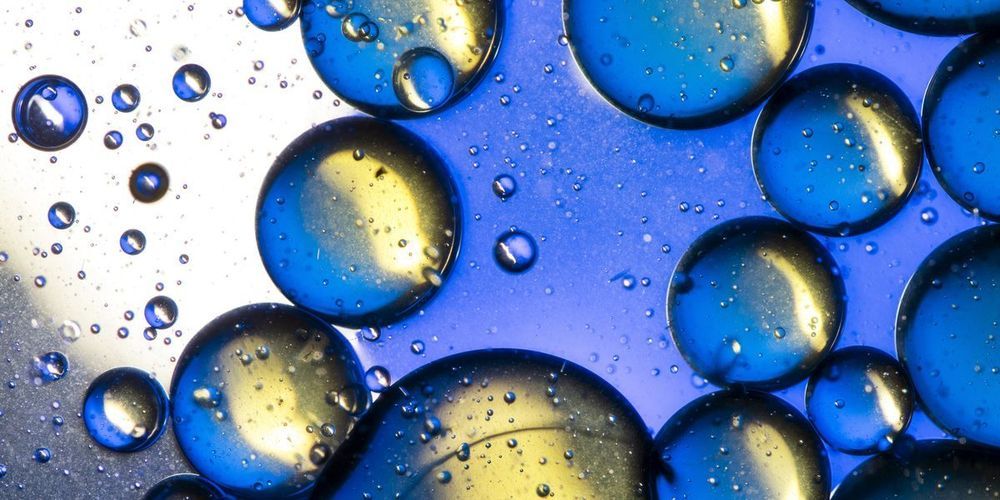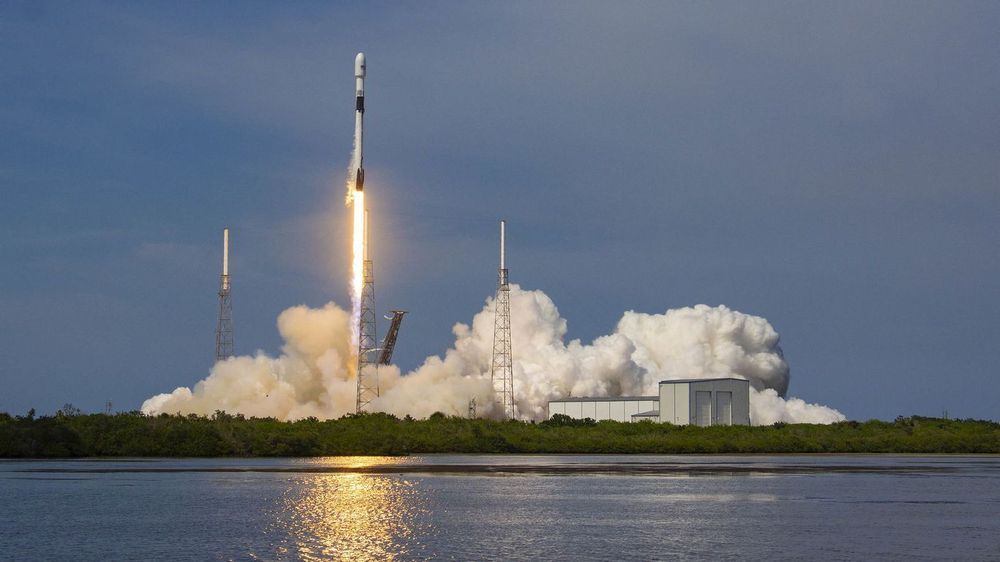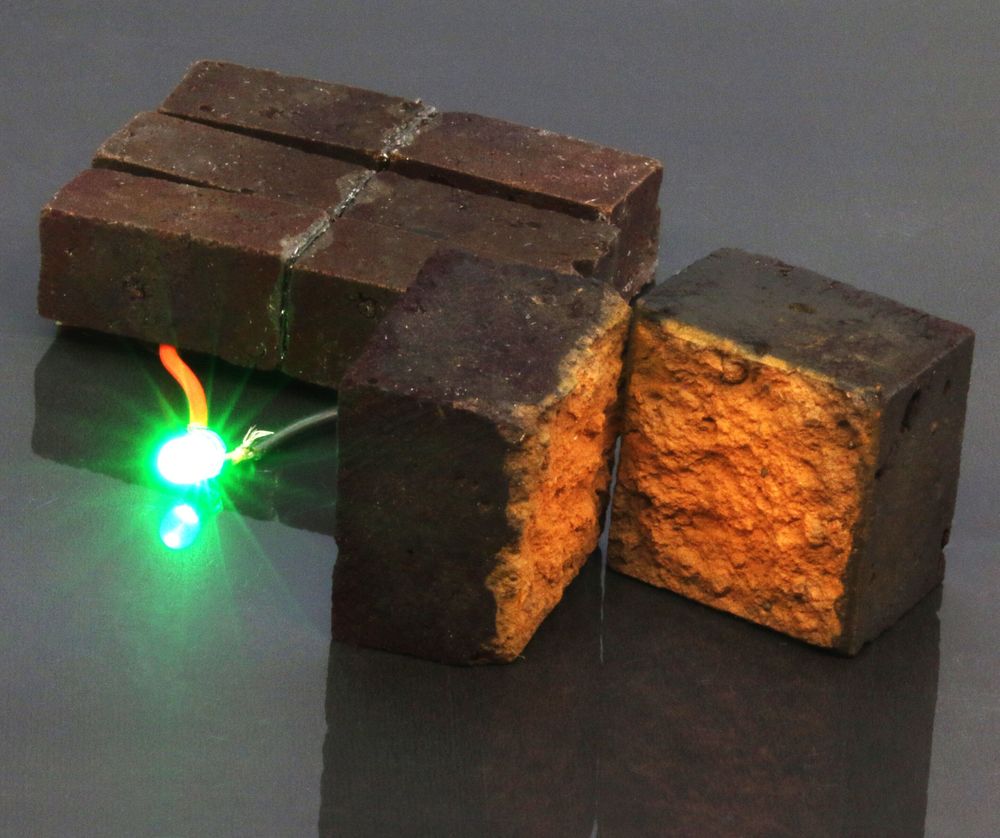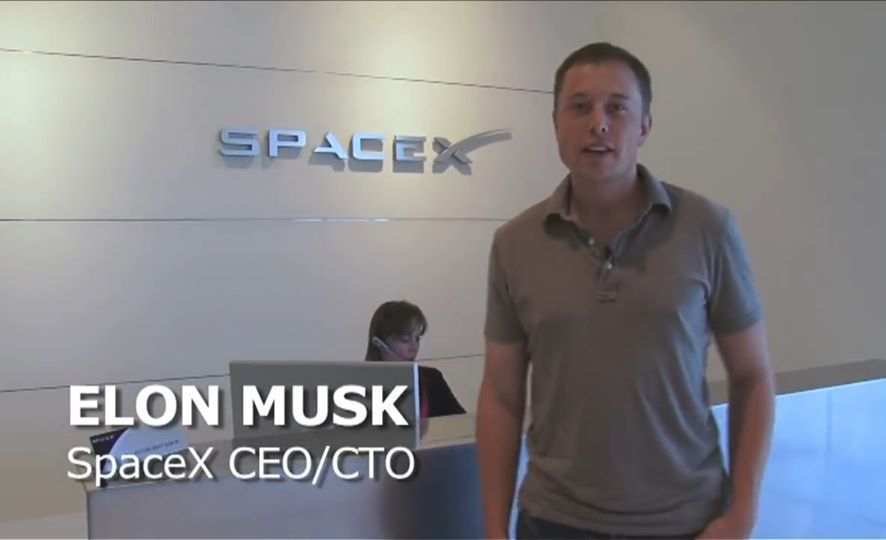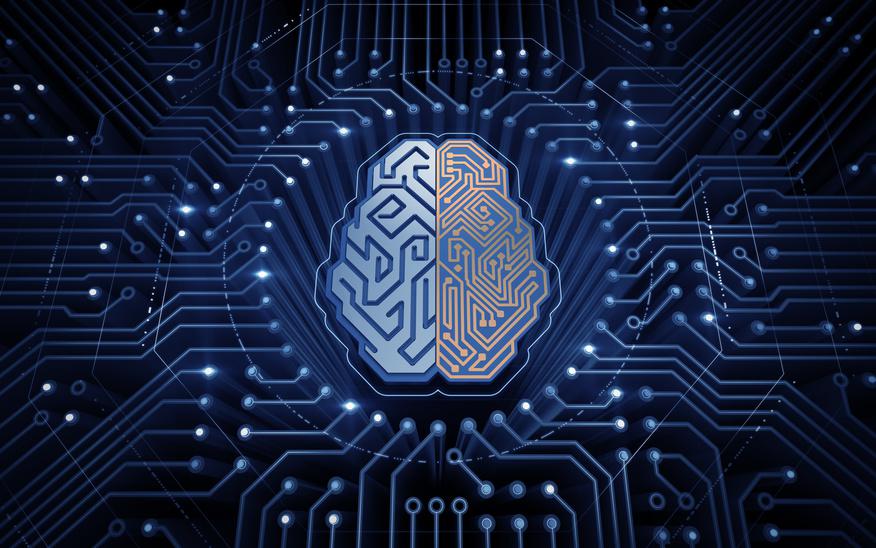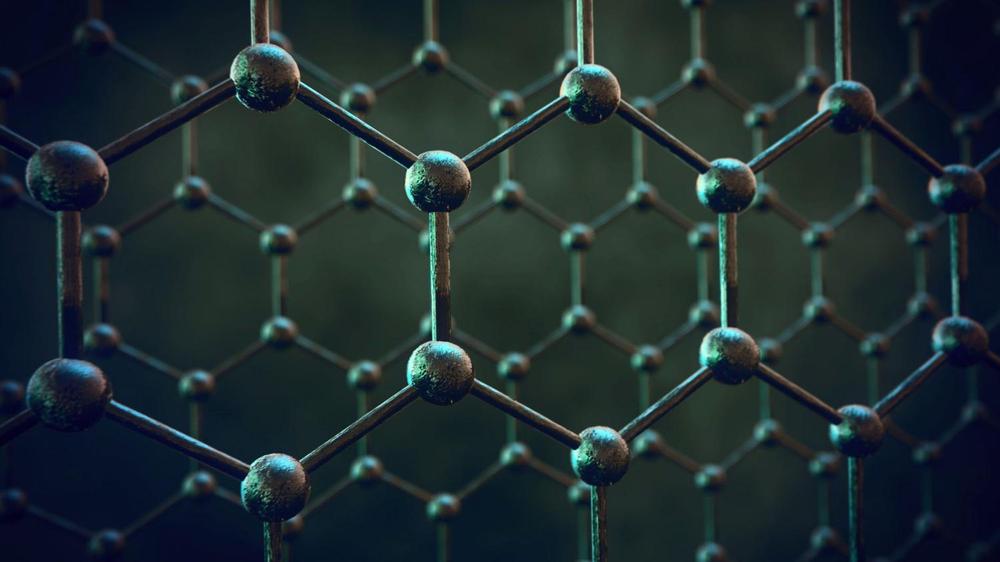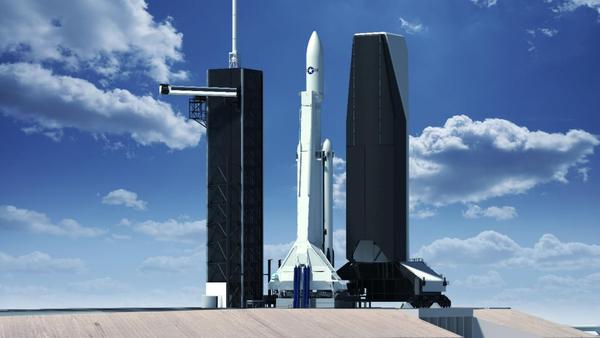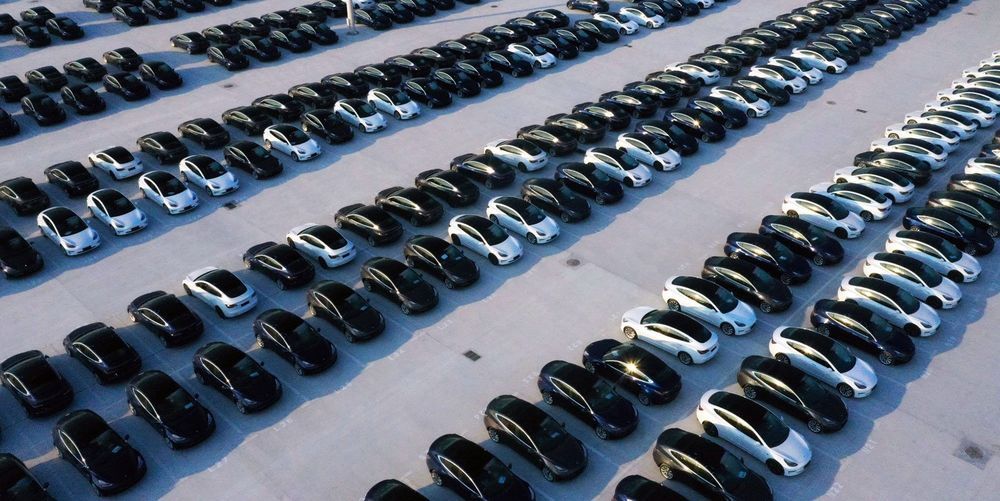Kate Broderick discusses the development of INOVIO’s frontrunner COVID-19 DNA vaccine and states the need for preparedness for future outbreaks.
Researchers at Argonne National Laboratory say they’ve found a breakthrough way to recycle carbon dioxide into energy-rich ethanol fuel. The secret is an electrified catalyst made from copper and carbon, which the researchers say can be powered using low-cost off-peak or renewable energy. What results is a process that’s more than 90 percent effective, which they say is far higher than any similar existing process.
Northern Illinois University professor and participating Argonne researcher Tao Xu says the new catalyst isn’t just a single stop that can produce ethanol—it’s the first step down a possible long list of ways to turn carbon dioxide into other useful chemicals. Despite the obvious plenitude of carbon dioxide, recycling it effectively into new things has been hard because of how stable and chemically stubborn the molecules are.
The Space Force’s announcement last week that United Launch Alliance and SpaceX will launch expensive spy satellites and other military payloads brings a long and often fierce battle for government funds to an end — at least for now.
Why it matters: This type of government money — particularly in light of the economic downturn caused by the coronavirus pandemic — is key for space companies that often work on thin margins.
The state of play: ULA was awarded the bulk of the funds — $337 million — for two missions due to launch in 2022, with SpaceX winning $316 million for one mission launching that year.
Imagine plugging in to your brick house.
Red bricks—some of the world’s cheapest and most familiar building materials—can be converted into energy storage units that can be charged to hold electricity, like a battery, according to new research from Washington University in St. Louis.
Brick has been used in walls and buildings for thousands of years, but rarely has been found fit for any other use. Now, chemists in Arts & Sciences have developed a method to make or modify “smart bricks” that can store energy until required for powering devices. A proof-of-concept published Aug. 11 in Nature Communications shows a brick directly powering a green LED light.
SpaceX Office Tour
Posted in Elon Musk, space travel
(Credit: Anne Marthe Widvey/Flickr)
The finding may potentially make it easier to monitor people with sleep disorders, as well as unconscious coma patients or those under anesthesia.
On the higher end, they work to ensure that development is open in order to work on multiple cloud infrastructures, providing companies the ability to know that portability exists.
That openness is also why deep learning is not yet part of a solution. There is still not the transparency needed into the DL layers in order to have the trust necessary for privacy concerns. Rather, these systems aim to help manage information privacy for machine learning applications.
Artificial intelligence applications are not open, and can put privacy at risk. The addition of good tools to address privacy for data being used by AI systems is an important early step in adding trust into the AI equation.
Scientists at the University of Bath have taken an important step towards understanding the interaction between layers of atomically thin materials arranged in stacks. They hope their research will speed up the discovery of new, artificial materials, leading to the design of electronic components that are far tinier and more efficient than anything known today.
Smaller is always better in the world of electronic circuitry, but there’s a limit to how far you can shrink a silicon component without it overheating and falling apart, and we’re close to reaching it. The researchers are investigating a group of atomically thin materials that can be assembled into stacks. The properties of any final material depend both on the choice of raw materials and on the angle at which one layer is arranged on top of another.
Dr. Marcin Mucha-Kruczynski who led the research from the Department of Physics, said: “We’ve found a way to determine how strongly atoms in different layers of a stack are coupled to each other, and we’ve demonstrated the application of our idea to a structure made of graphene layers.”
Featured Image Source: SpaceX
The Department of the U.S. Air Force awarded SpaceX a National Security Space Launch Phase 2 Launch Service contract valued at $316 million. The military launches will be conducted by SpaceX’s Falcon 9 and Falcon Heavy rockets, between 2022 and 2027. One of the requirements for the Phase 2 contract is that SpaceX must have the capability to do a vertical payload integration at their launch site. SpaceX President, Gwynne Shotwell, told reporters–
“The only modifications we need are an extended fairing on the Falcon Heavy, and we are going to have to build a vertical integration capability. But we are basically flying the rockets that they need.”
Tesla’s Model 3 leads the EV sales in China with 11,014 vehicles sold in July. That’s more than the next 3 best-selling EVs combined!
In China this morning, the China Association of Automobile Manufacturers (CAAM) held a press conference in Beijing to update the public on the status of the automotive industry’s recovery.
Overall, it is good news for the market, which managed to recover from the global pandemic much quicker than the rest of the world.
In short, July car production and sales were up from last year – therefore back to growth, but year-to-date is still down roughly 5%:

